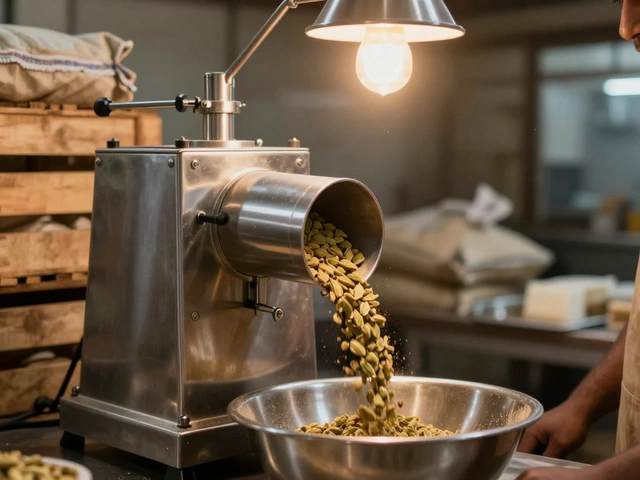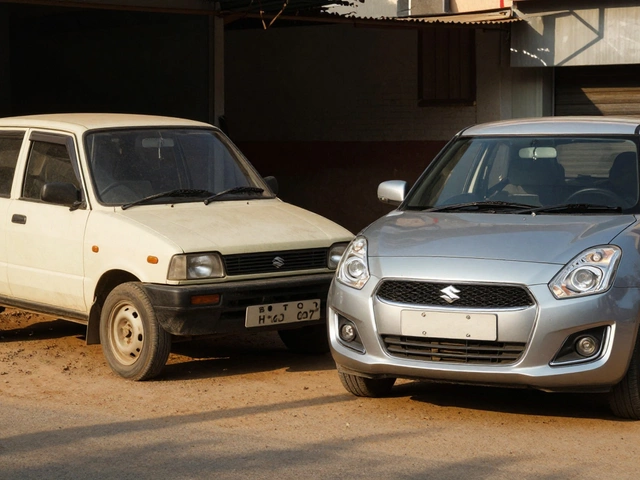Richest Textile Companies in India – Quick Look at the Leaders
If you’re curious about which textile firms are raking in the most money, you’ve landed in the right spot. India’s textile sector is huge, and a handful of players consistently top the profit charts. Knowing who they are and why they earn big can help you spot trends, decide on partnerships, or simply stay informed about the market.
Who Tops the List?
The headline name is Reliance Industries. Their synthetic fibre arm, Reliance Textile, produces thousands of tonnes of polyester and viscose each year. The scale of their plants and their access to cheap feedstock give them a massive margin advantage.
Close behind is Arvind Ltd. Known for denim, Arvind has diversified into technical textiles, home fabrics, and sustainable blends. Their strong brand, wide dealer network, and focus on value‑added products keep earnings high.
Vardhman Textiles is another heavyweight. They dominate the yarn market and have built a solid export business. By automating most of their production lines, they cut costs and stay competitive worldwide.
Other notable mentions include KPR Mill for fabrics, Welspun Corp for home textiles, and Loyal Textile Mills for cotton yarn. Each of these firms has a niche where they outshine competitors, translating into big profits.
What Makes Them So Profitable?
First, scale matters. Larger plants mean lower per‑unit costs. Companies like Reliance can buy raw material in bulk, negotiate better freight rates, and spread fixed costs over millions of meters of fabric.
Second, product mix. Firms that combine basic yarns with high‑margin technical textiles or branded garments capture both volume and premium pricing. Arvind’s shift to performance fabrics is a perfect example.
Third, technology adoption. Automation, real‑time quality monitoring, and AI‑driven demand forecasting cut waste and boost efficiency. Vardhman’s fully integrated yarn‑to‑fabric line shows how tech can turn a traditional operation into a profit engine.
Fourth, global reach. Export‑focused companies tap into higher‑priced markets and reduce reliance on domestic cycles. Welspun’s presence in the US and EU home‑textile space lets them command better margins.
Finally, financial discipline. The richest firms keep a tight grip on working capital, use hedging to manage raw‑material price swings, and often have strong cash reserves to invest in new projects without over‑leveraging.
All these factors combine to keep the top textile companies well ahead of the pack. If you’re looking to start a textile venture, watching how these giants manage scale, technology, and product strategy can give you a practical roadmap.
In short, the richest textile companies are not just big; they’re smart about where they invest, which products they push, and how they stay lean. Keep an eye on their moves, and you’ll get a clear picture of where the industry is headed next.
Richest Textile Company in the World: Examining the Leaders from India and Beyond
Wondering which textile company is at the top in terms of wealth and scale? This article breaks down the richest textile company worldwide, with a special focus on how Indian giants stack up in the global market. Find out what drives these companies, what sets them apart, and what you can learn if you're eyeing the textile industry yourself. From profits to production scale, get the real numbers and insider insights. Be ready for some surprises—it's not always who you think.
Read More




